UC Natural Reserve System gains sister reserve in Baja California Sur
UC Natural Reserve System gains sister reserve in Baja California Sur
June 4, 2019 By Kathleen Wong
The Gulf of California is a marine wonderland. Washed by crystal blue waters and dotted with arid islands large and small, it teems with whales, sea turtles, manta rays, and other animals that thrive in this spectacular meeting of desert and sea.
This extraordinary region is now available to UC Natural Reserve System users thanks to a sister reserve agreement brokered with a Mexican nonprofit. Located in Baja California Sur, Eco-Alianza de Loreto A.C. works to protect and preserve the ecosystems of the Bahía de Loreto. The 12-year-old organization conducts water quality monitoring, raises public awareness of the value of the area’s marine, coastal, and terrestrial habitats, and collaborates with universities and other institutions to foster environmental research.
A mutually beneficial partnership
“Both partners will reap a multitude of benefits,” says Peggy Fiedler, executive director of the UC NRS. “Eco-Alianza will be able to arrange places for our users to stay and resources such as boat moorings. Meanwhile, UC can provide marine research and educational opportunities for the people of Loreto and Baja Sur.”
“Our goal is to create a strong alliance with our friends on both sides of the border, with the long term objective of increasing knowledge and building protective networks for wildlife that know no borders,” says Hugo Quintero Maldonado, co-founder and executive president of Eco-Alianza.
Becoming an NRS sister reserve “provides a rich opportunity to strengthen our ongoing collaboration between the U.S. and Mexico. This will include the expanded sharing of expertise and technology in areas of conservation, restoration, and sustainable use of resources,” says Linda Kinninger, a cofounder of Eco-Alianza who now serves on the organization’s board.
A jumping-off point for land and sea expeditions
Eco-Alianza is based in the historic town of Loreto, located two-thirds of the way down the eastern side of the Baja Peninsula. Just offshore lie the waters of the Bahía de Loreto. The 510,000-acre bay is internationally acclaimed as an ecological gem. It was declared a Mexican national park in 1996, and named a Ramsar wetland of international importance in 2004. In addition, Bahía de Loreto and all of its islands are part of the Islands and Protected Areas of the Gulf of California UNESCO World Heritage site.
Suzanne Olyarnik, director of the NRS’s Bodega Marine Reserve, visited Loreto this past March as an NRS representative. She came away deeply impressed by the commitment and interest in a partnership with the NRS. “The people of Loreto are eager to interact with researchers who can get students excited about science,” she says.
The Loreto area is rich with biological diversity, Olyarnik says, as well as intriguing oceanographic and geologic features. “From a marine science point of view, it’s an amazing place that we have only begun to explore. I am excited that the NRS can facilitate more people to come down and do academic and applied research to contribute to the management of what they have.”
An education and research exchange
UC faculty are eager to begin using the reserve. Among them is Nicholas Pinter, a professor of geosciences at UC Davis. “The vision for a Loreto reserve and field station is to serve as a spark — to bring research, education, scientific recognition and knowledge, and broader visibility to the Loreto region. We imagine Loreto as a mecca for scientific visitors to study and admire the area’s abundant natural wonders,” Pinter says.
For their part, the people of Loreto hope NRS visitors spark more interest in the natural sciences. “Collaborating with local researchers, educators, and authorities, we expect the team will foster additional understanding of our rich natural resources, strengthen the scientific and academic sectors here, and add to the rich cultural mosaic that is Loreto,” says Loreto mayor Arely Arce.
Arce and Eco-Alianza hope a UC-led uptick in environmental research will encourage the local university to launch a marine science program. At present, the Loreto campus of the Autonomous University of Baja California Sur lacks a marine science program; the nearest program is located at the university’s La Paz campus, more than a four-hour drive away.
Eco-Alianza is the NRS’s second sister reserve to date. The first sister reserve arrangement, with Gobabeb Research and Training Centre in Namibia, was established in 2017. A number of exchanges between UC and this African desert reserve are already occurring, including a proposed UC Riverside study abroad course on ecology and herpetology, plus research into desert reptile physiology and how much moisture fog contributes to desert plants.
The growing NRS family
The NRS sister reserve designation is the second recent alliance between Loreto and an American organization. In 2016, the U.S. National Park Service and Mexico’s Ministry of the Environment and Natural Resources established a Sister Park Partnership Initiative between Channel Islands National Park and Bahía de Loreto National Park. The NRS’s Santa Cruz Island Reserve is adjacent to Channel Islands National Park and works closely with the park on island research and management issues.
The Eco-Alianza sister reserve agreement comes hot on the heels of NRS growth in California. Point Reyes Field Station and Lassen Field Station both joined the NRS this May via partnerships with the National Park Service.
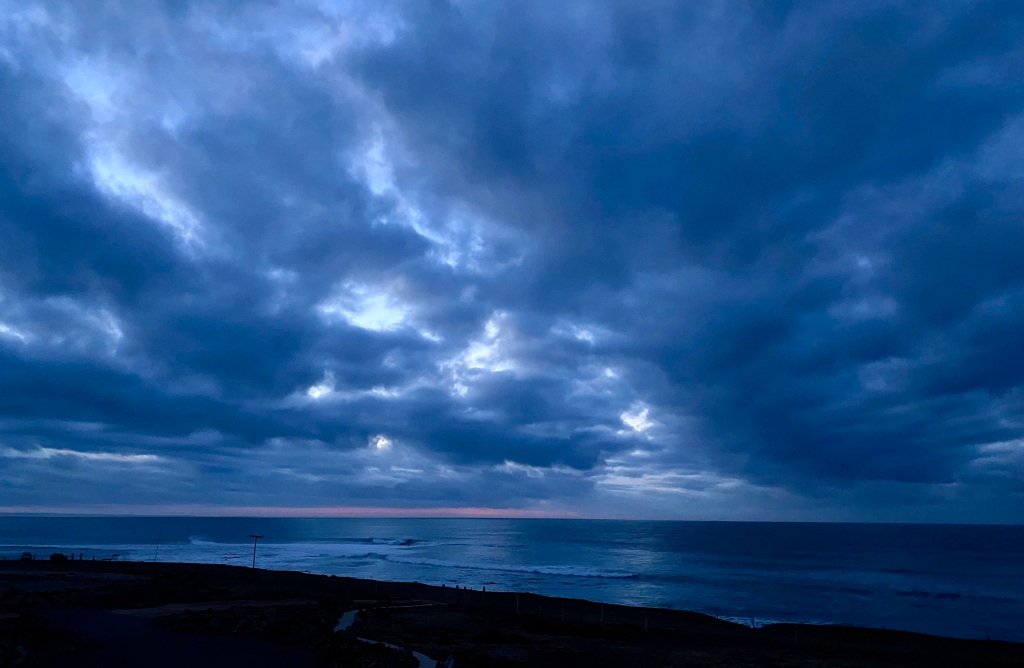


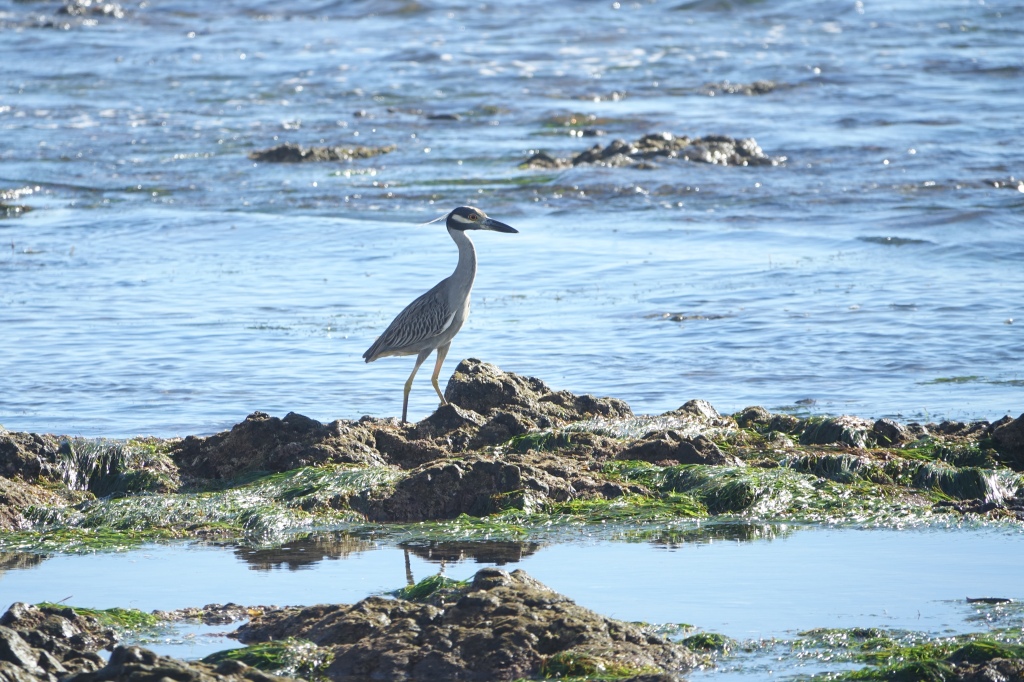

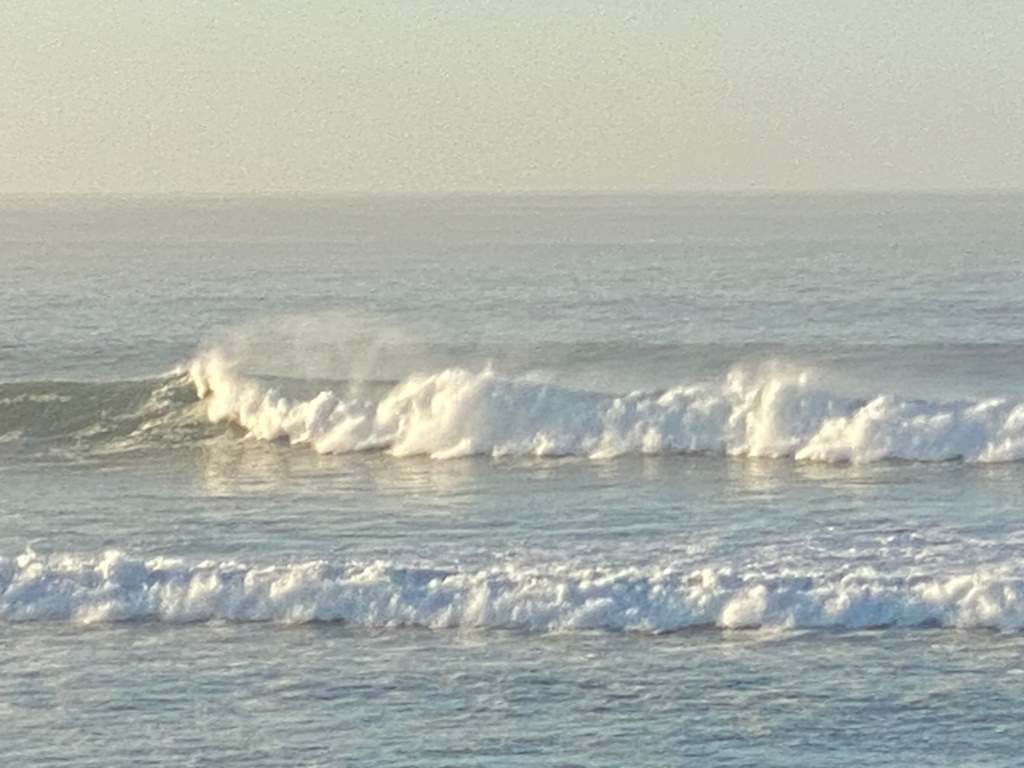

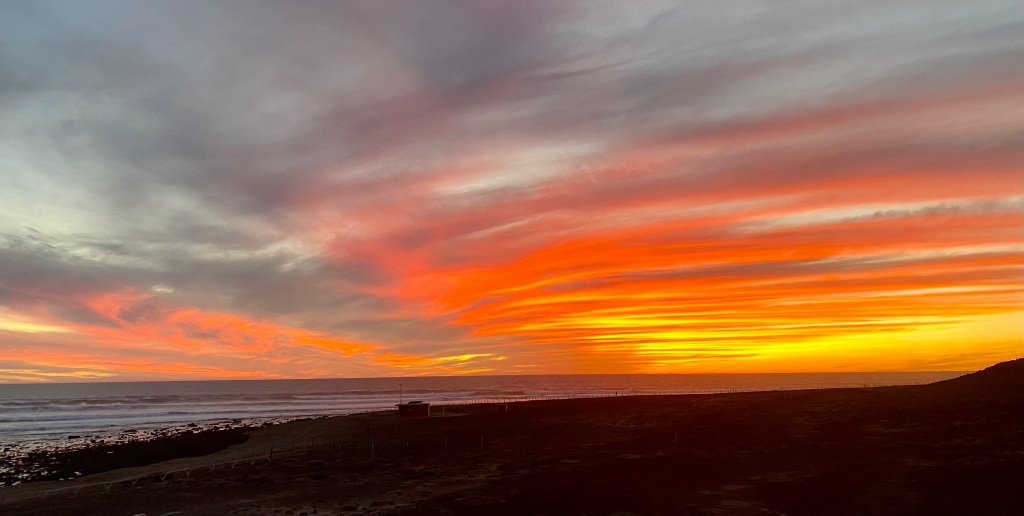
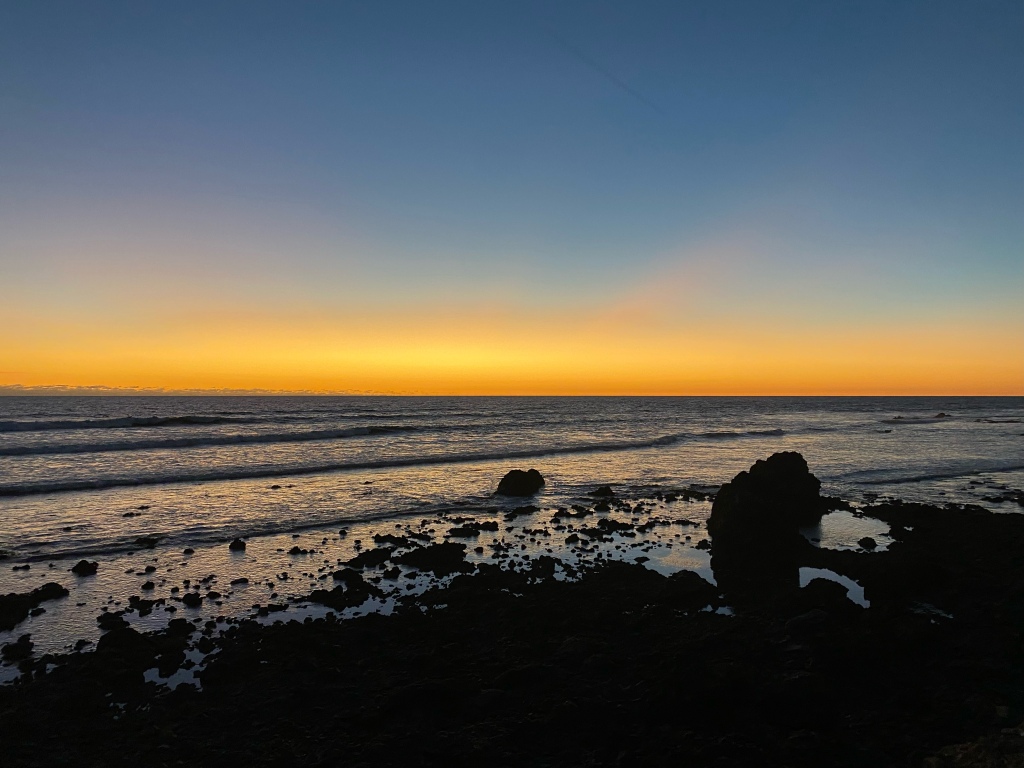































You must be logged in to post a comment.